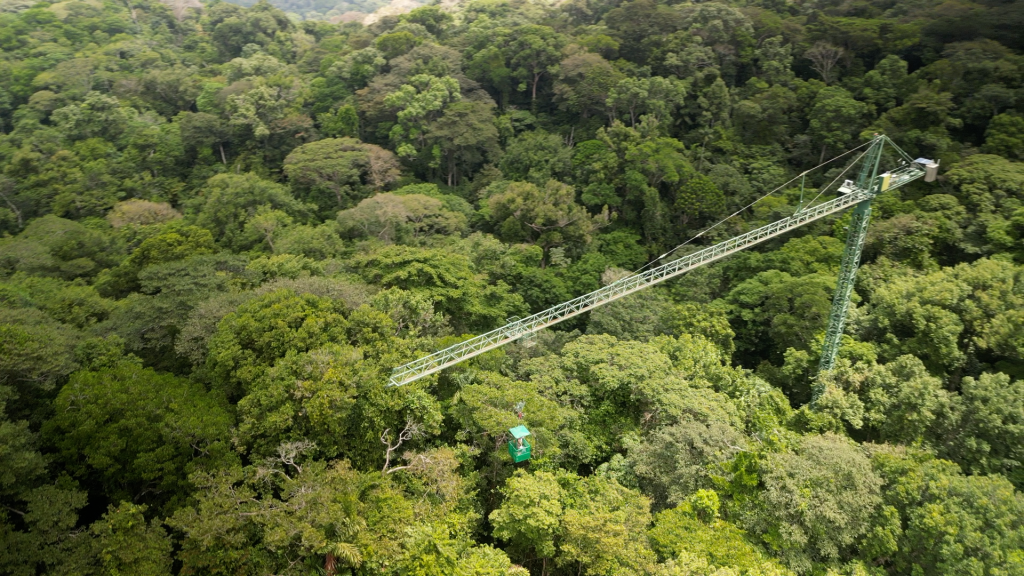
Scientists using high-resolution aerial scans and computational modeling concluded that wildfires, storms and selective logging have become key drivers behind rainforest carbon emissions, outpacing clear-cutting practices.
The team used drones equipped with light detection and ranging sensors, or LiDAR, to measure tree biomass and carbon emissions in Brazilian forests. Led by NASA's Jet Propulsion Laboratory, the researchers found that of the 90.5 million tonnes per year of carbon lost, about 60 million tonnes came from degradation, while approximately 24 million tonnes were tied to clear-cutting.
KC Cushman, an Oak Ridge National Laboratory scientist focused on studying at-risk ecosystems with remote sensing, provided data analytics expertise to the project. "It's important to calibrate models to local conditions to achieve the best estimates," Cushman said. "Tree shape varies a lot from one setting to another even if it's the same species."
Cushman is deploying similar capabilities to study carbon dynamics in forests in the U.S. Southeast and in the tropics.






